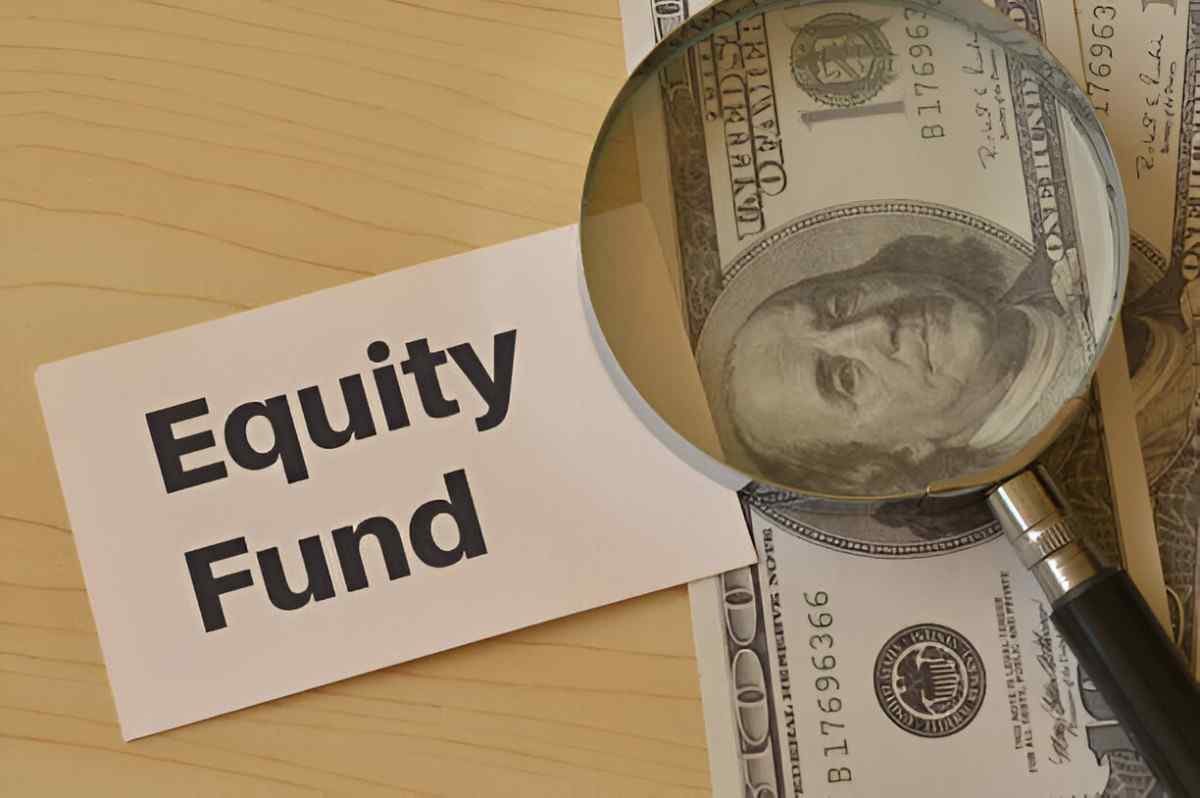Introduction
As a finance expert, I often get asked about the best ways to grow wealth in the stock market. One strategy that stands out is investing in aggressive equity mutual funds. These funds aim for high returns by taking significant risks, making them suitable for investors with a long-term horizon and a high-risk tolerance.
Table of Contents
What Are Aggressive Equity Mutual Funds?
Aggressive equity mutual funds primarily invest in high-growth stocks, often in volatile sectors like technology, small-cap companies, or emerging markets. Unlike conservative funds that focus on stable blue-chip stocks, these funds chase higher returns by accepting greater volatility.
Key Characteristics
- High Equity Exposure (90-100%): These funds allocate almost entirely to stocks, with minimal debt or cash holdings.
- Focus on Growth Stocks: They invest in companies with high earnings potential but also higher risk.
- Active Management: Fund managers frequently adjust holdings to capitalize on market trends.
- Higher Expense Ratios: Due to active trading, fees are often higher than passive index funds.
How Do Aggressive Equity Funds Work?
Investment Strategy
Fund managers use various strategies to maximize returns:
- Sector Rotation: Shifting investments between booming industries (e.g., tech, healthcare).
- Growth Investing: Buying stocks expected to grow faster than the market.
- Leverage: Some funds use borrowed money to amplify returns (though this increases risk).
Mathematical Expectation of Returns
The expected return of an aggressive equity fund can be modeled using the Capital Asset Pricing Model (CAPM):
E(R_i) = R_f + \beta_i (E(R_m) - R_f)Where:
- E(R_i) = Expected return of the fund
- R_f = Risk-free rate (e.g., 10-year Treasury yield)
- \beta_i = Fund’s beta (measures volatility relative to the market)
- E(R_m) = Expected market return
For example, if:
- R_f = 3\%
- \beta_i = 1.5 (more volatile than the market)
- E(R_m) = 10\%
Then:
E(R_i) = 3\% + 1.5 (10\% - 3\%) = 13.5\%This suggests the fund should return 13.5% annually, but actual performance can vary widely.
Performance Comparison: Aggressive vs. Conservative Funds
Let’s compare aggressive and conservative equity funds over a 10-year period:
| Fund Type | Average Annual Return | Standard Deviation (Risk) | Best Year | Worst Year |
|---|---|---|---|---|
| Aggressive Growth | 12% | 20% | +35% | -25% |
| Large-Cap Blend | 8% | 12% | +18% | -12% |
| Index Fund (S&P 500) | 10% | 15% | +30% | -20% |
Key Takeaways:
- Aggressive funds outperform in bull markets but suffer bigger losses in downturns.
- Higher standard deviation indicates more volatility.
Who Should Invest in Aggressive Equity Funds?
Ideal Investor Profile
- Long-term horizon (10+ years): Time to recover from market crashes.
- High-risk tolerance: Comfortable with short-term losses for higher gains.
- Younger investors: More time to compound returns.
Who Should Avoid Them?
- Retirees: Need stable income, not high volatility.
- Short-term investors: Can’t afford sudden market drops.
- Risk-averse individuals: Prefer steady, predictable returns.
Risks of Aggressive Equity Funds
- Market Volatility: These funds can drop 30% or more in a bear market.
- Underperformance: Active management doesn’t always beat the index.
- Higher Fees: Expense ratios can eat into returns over time.
Example: The Dot-Com Bubble (2000-2002)
Many aggressive tech funds lost over 70% of their value. Investors who panicked and sold locked in losses, while those who held eventually recovered.
How to Evaluate an Aggressive Equity Fund
Key Metrics to Check
- Alpha: Measures performance relative to risk.
- \alpha = R_p - [R_f + \beta (R_m - R_f)]
- Positive alpha = Outperforming the market.
- Sharpe Ratio: Risk-adjusted return.
- Sharpe\ Ratio = \frac{R_p - R_f}{\sigma_p}
- Higher ratio = Better risk-adjusted returns.
- Expense Ratio: Keep it below 1.5% for aggressive funds.
Example Calculation
Suppose a fund has:
- R_p = 15\% (actual return)
- R_f = 3\%
- \beta = 1.5
- R_m = 10\%
- \sigma_p = 20\%
Alpha:
\alpha = 15\% - [3\% + 1.5 (10\% - 3\%)] = 15\% - 13.5\% = +1.5\%Sharpe Ratio:
Sharpe\ Ratio = \frac{15\% - 3\%}{20\%} = 0.6A positive alpha and Sharpe ratio above 0.5 suggest the fund is performing well relative to its risk.
Tax Considerations
- Higher Turnover = More Capital Gains Taxes: Frequent trading triggers taxable events.
- Hold in Tax-Advantaged Accounts (IRA, 401k): Defer taxes on gains.
Alternatives to Aggressive Equity Funds
- Index Funds: Lower fees, market-matching returns.
- Sector ETFs: Target high-growth industries without active management.
- Dividend Growth Funds: Steady returns with less volatility.
Final Thoughts: Are Aggressive Funds Right for You?
If you have a long-term horizon and can stomach sharp downturns, aggressive equity funds can be a powerful wealth-building tool. However, they’re not for everyone. I recommend diversifying—perhaps allocating only a portion of your portfolio to aggressive strategies while keeping the rest in stable investments.





